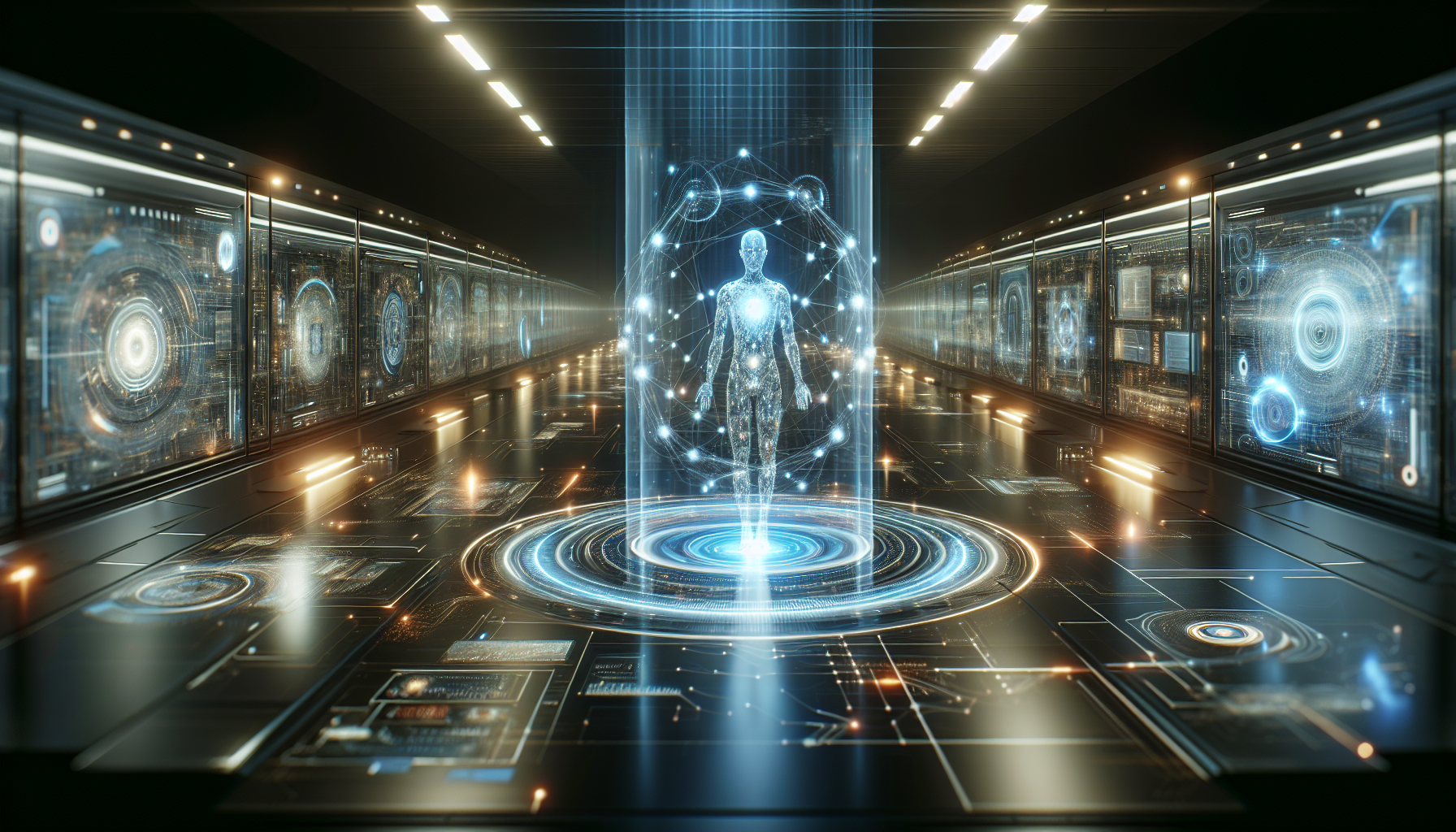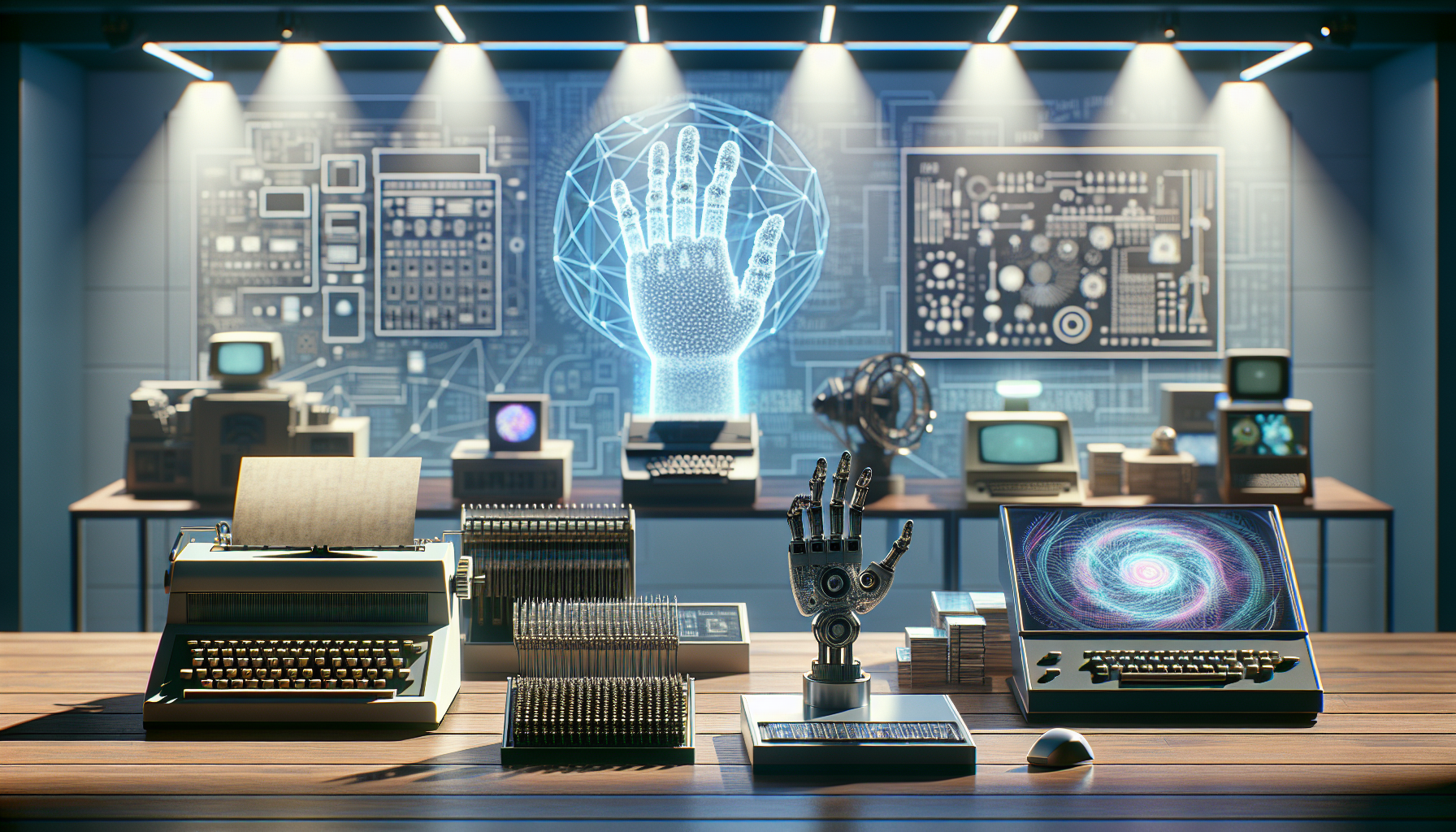
The Evolution of Artificial Intelligence: A Technical How-To Guide from Concept to Reality
August 28, 2025
Artificial Intelligence (AI) has transitioned from a speculative concept in the minds of visionaries to a tangible force reshaping industries worldwide. This guide delves into the technical evolution of AI, offering insights into how theoretical ideas have materialized into practical applications that influence everyday life and business operations.
Understanding the origins of AI begins with recognizing its foundational concept: the simulation of human intelligence by machines. Initially, AI's feasibility was a topic of philosophical debate rather than practical experimentation. The theoretical groundwork involved complex algorithms and mathematical models designed to mimic cognitive functions such as learning, reasoning, and problem-solving. These early models set the stage for what would eventually become the core of AI technology.
A critical step in AI's evolution was the development of machine learning, a subset that enabled systems to improve performance through experience without explicit programming for every task. Machine learning algorithms, such as decision trees and neural networks, allowed computers to identify patterns and make data-driven predictions. This advancement was pivotal, as it moved AI from static, rule-based systems to dynamic, adaptive technologies.
The advent of deep learning marked another significant milestone. Deep learning, which utilizes multi-layered neural networks, allowed AI to process vast amounts of data with improved accuracy. This advancement made it possible for AI to excel in complex tasks like image and speech recognition, transforming industries such as healthcare, where AI systems now assist in diagnosing diseases with unprecedented precision.
Natural Language Processing (NLP) has further expanded AI's capabilities by enabling machines to understand and respond to human language. NLP combines computational linguistics with machine learning to analyze and generate human language constructs, allowing AI to interact with users more intuitively. This evolution has led to the creation of sophisticated virtual assistants and chatbots that enhance customer service and streamline operations.
The practical implementation of AI involves several key steps, starting with data collection. Quality data is the lifeblood of AI systems. It is crucial to gather comprehensive, relevant, and high-quality datasets that reflect the environment in which the AI will operate. Preprocessing this data, which includes cleaning and normalizing, is essential to ensure that AI models learn effectively and make accurate predictions.
Following data preparation, model selection and training become the focal points. Choosing the right model depends on the specific application and the nature of the data. Tools such as TensorFlow, PyTorch, and Scikit-learn are widely used for implementing various machine learning algorithms. The training phase involves feeding data into the model to enable it to learn and adapt, with continuous validation to fine-tune and optimize performance.
Deployment of AI models is the next phase, where the system is integrated into existing workflows or products. This stage requires careful consideration of scalability, security, and maintainability. Cloud platforms, like AWS and Azure, offer robust infrastructures for deploying and scaling AI applications efficiently.
Ethical considerations play a critical role in the deployment and evolution of AI. Ensuring transparency, fairness, and accountability in AI systems is paramount to building trust with users and stakeholders. AI practitioners must address biases in data and algorithms to prevent discriminatory outcomes and ensure that systems align with ethical standards.
AI's journey from concept to reality is not merely a technical evolution but a reflection of human ingenuity in overcoming challenges. The ongoing advancements in AI continue to push boundaries, leading to innovations that were once the stuff of science fiction. As AI systems grow more sophisticated, they hold the potential to solve complex global challenges, from climate change to healthcare accessibility.
The evolution of AI prompts us to consider its future trajectory. How will AI continue to redefine our interactions with technology and reshape the fabric of society? What new ethical dilemmas will arise as AI systems gain autonomy? These questions invite further exploration and underscore the dynamic nature of AI as a transformative force in the modern world.


